This week on the podcast, Sophie interviews Chloe Bullock, a BIID member and the first interior designer in the UK to be vegandesign.org certified. There is no doubt that we are all becoming more aware of the need to decorate our houses sustainably and in a way that is less damaging to the planet.
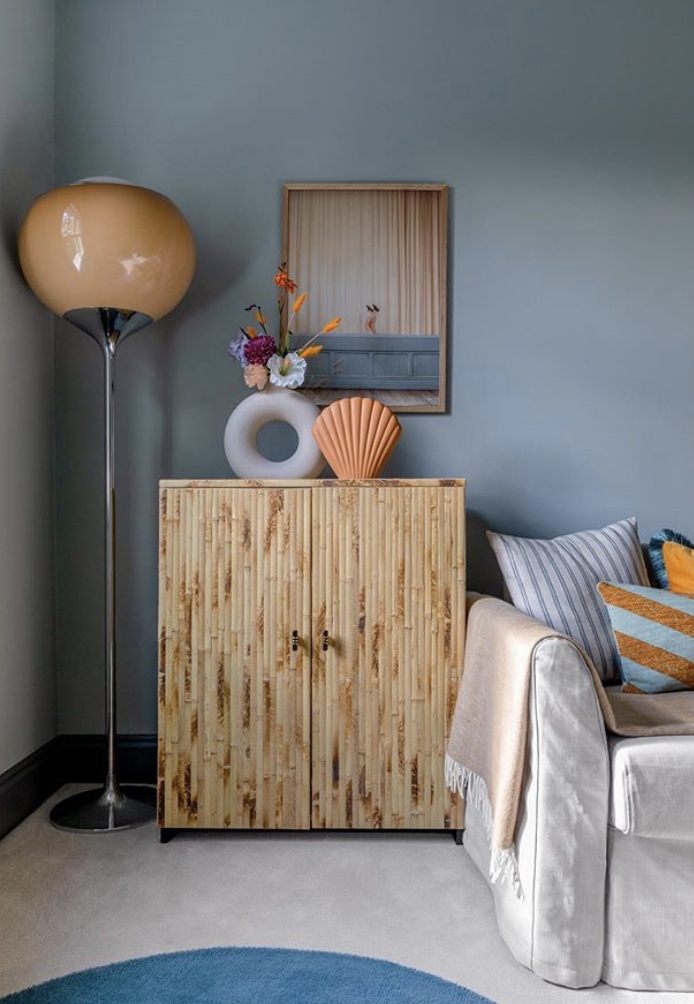
There are eco-friendly paint companies springing up all the time and brown furniture is now firmly back on the agenda either antiques to treasure for ever or vintage that you might want to paint and upcycle to suit your purposes.
But what about when we want or need something new? It can be hard to find information on what companies are doing. It can be hard even to know what questions to ask in the first place.
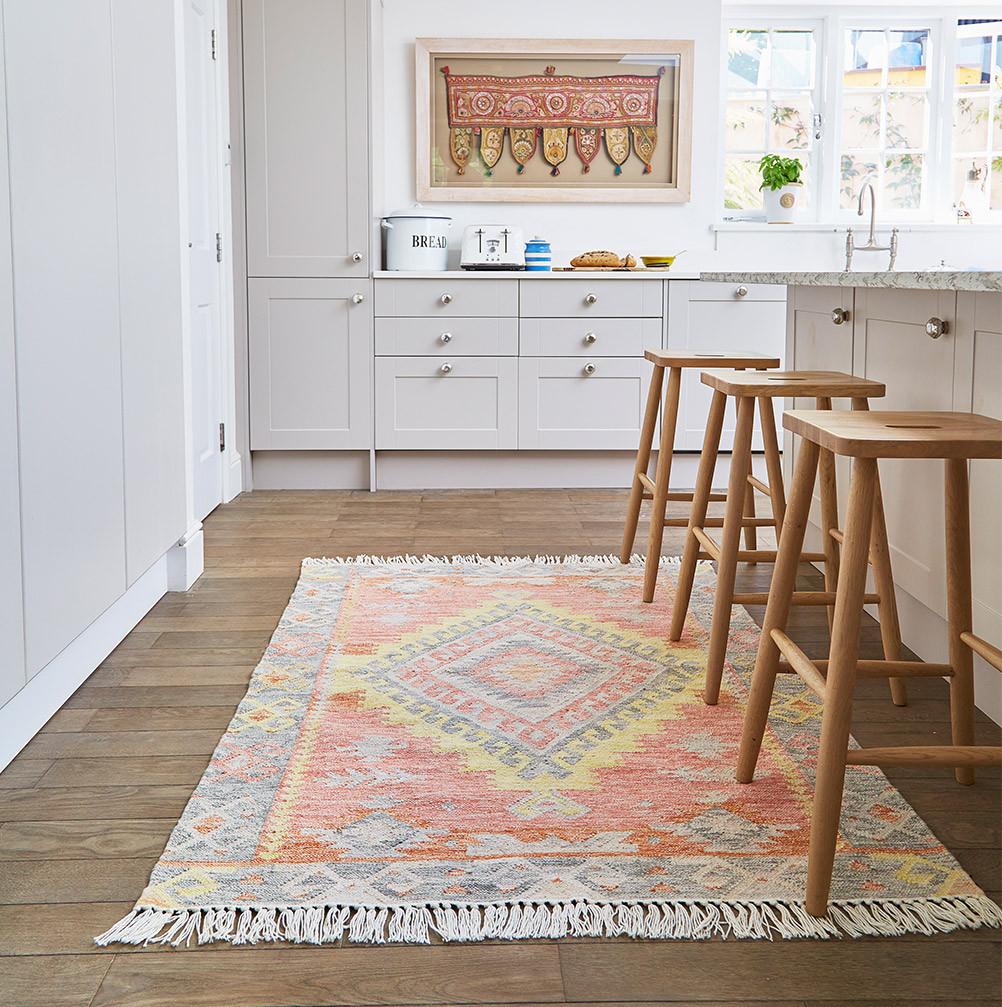
This is why I launched my Do Less Harm Directory (recently updated) which aims to share information on what companies are doing to minimise their impact on the planet whether it’s using FSC-certified wood or working towards being carbon neutral. As one person I can only share the information I am told but if it prompts you to ask more questions either to yourself about what you are buying or of the company who is selling it that can only be a good thing.
As Chloe says if we all start asking en masse then it becomes a force to be reckoned with and companies will have to take notice of what we want.
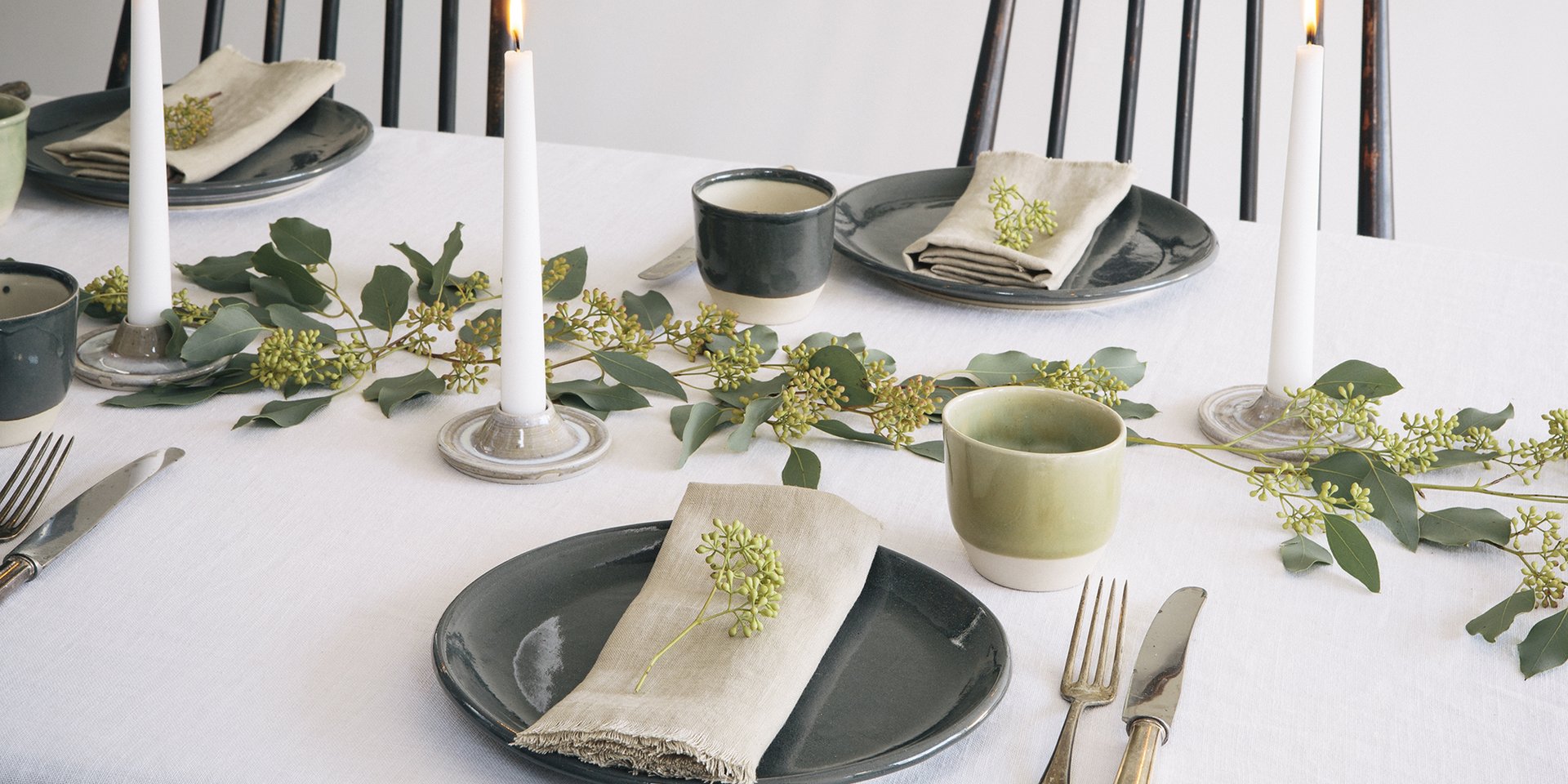
She began her career at The Body Shop in the 90s and the team had to be very conscious of the ethos behind the brand when decorating the stores. All wood had to be properly sourced and no wool was allowed.
“We tend to have a lot of animal-based products in our homes and, without going into too much detail, let’s just say that animals and commerce don’t mix.”
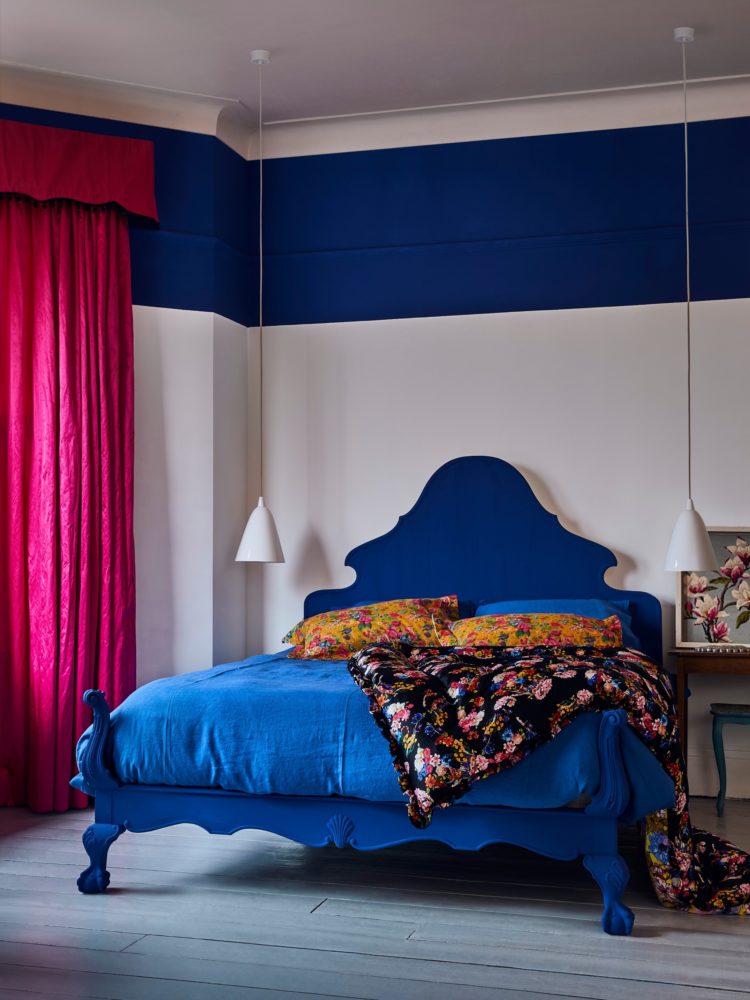
The treatment of sheep is much improved (here is a link if you want to read more) but is wary of the way feathers are obtained for upholstery purposes where live plucking for down can be an issue. I have attached an Ikea document which states they do not source that way. John Lewis, which sells a number of feather products, including coats and duvets also has a protocol. Its policy on bird and animal welfare and ethical sourcing says it can account for each stage of its own-brand production line, which uses only feathers that are a by-product of the food chain. It has set a 2020 target for its suppliers to meet the Responsible Down Standard (RDS) – which prohibits force-feeding and the removal of feathers from live birds and audits each stage in a retailer’s supply chain to ensure that down and feathers come as a by-product from healthy animals – or Downpass 2017, which has similar requirements. Some fashion brands, including H&M, The North Face, Levi’s, Sorel and Lululemon, already comply with the RDS (source The Guardian).
The point Chloe makes is that it is up to all of us to ask questions. “I always ask and then I find the company might go quiet on me but there are companies who are doing the right thing and we need to shout about them.
“This is stuff we should all be sharing.”
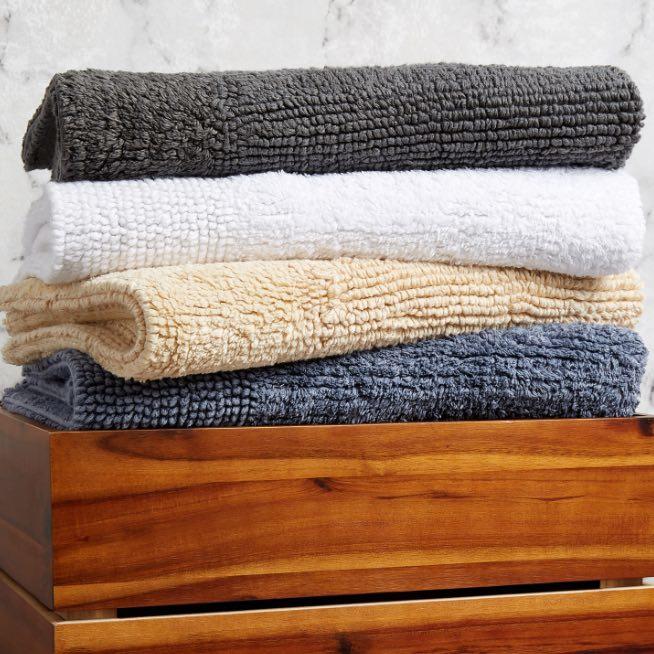
After “nagging” the BIID (British Institute of Interior Designers) Chloe has now been appointed to their professional practice committee and is hoping she can work to change things from within. But she has produced her own material which you might find useful. There is a guide to sustainable room design (available when you sign up to her mailing list) as well as a list of labels and organisations you might find useful (it’s not clickable but you can see the names and look them up yourself).
Here is a list of questions we should all be asking:
Is the wood FSC-certified? And there is more information here.
What is the recycled content of a product? Some floors, tiles and fabrics have content with recycled materials within. Chloe aims for 40 per cent where possible.
What is a company’s policy re animal husbandry/rights? Ask if the contents have been tested on animals (this is avoidable and easy to ask when it comes to paint). Chloe avoids wool (but if she did would check on mulesing practices) and says it’s hard to check the whole chain to know for sure about live plucking.
What is a company’s carbon footprint? Look out for companies with conscious and considerate production methods. Ask if they have a sustainability policy (but don’t assume it’s a good one just because they have one). Ask if they are ISO 14001 (air and water pollution, waste, carbon footprint) and look out for the growing practice of a CO2 footprint calculation (OrangeBox and Dodds & Shute do this). Finally, look for a Modern Slavery policy (and, may I add the Design for Diversity sticker – also small but growing).
One thing we can all do is switch to a green energy provider. Energy comparison sites like the one offered by Citizens Advice will help you do this. It’s quick to do and you just need your last bill to do it.
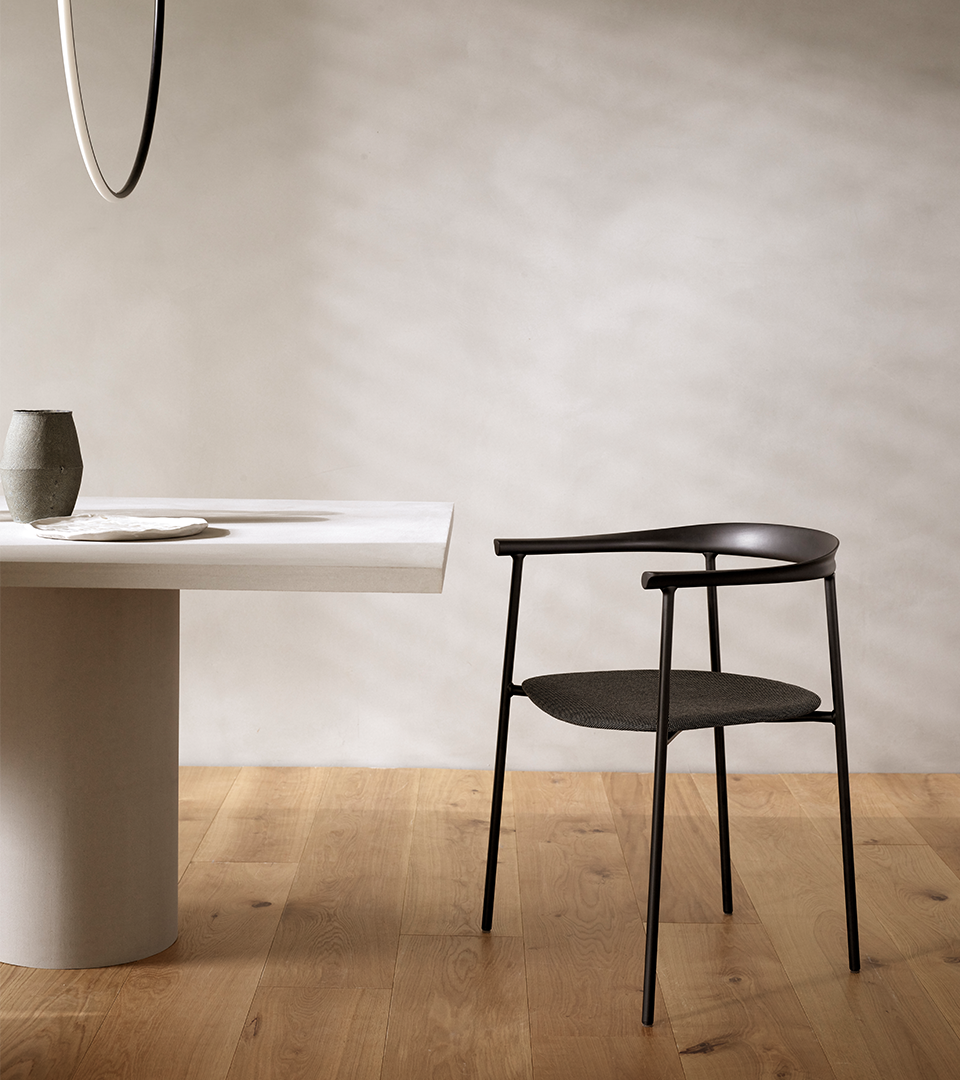
Finally:
Find out your own ecological footprint is as well using this footprint calculator too! Find out how many planets are needed for your current way of living.
This guide from One Planet Living will help you use fewer planets!
Earlier in the podcast I tried to talk about tips for selling houses and Sophie wanted to talk about Selling Sunset… it might lighten the mood on this first day of lockdown and, at the time of writing, undecided US election. Plus we discuss if you can use lots of colour when decorating wonky, beamed country cottages. Listen here.
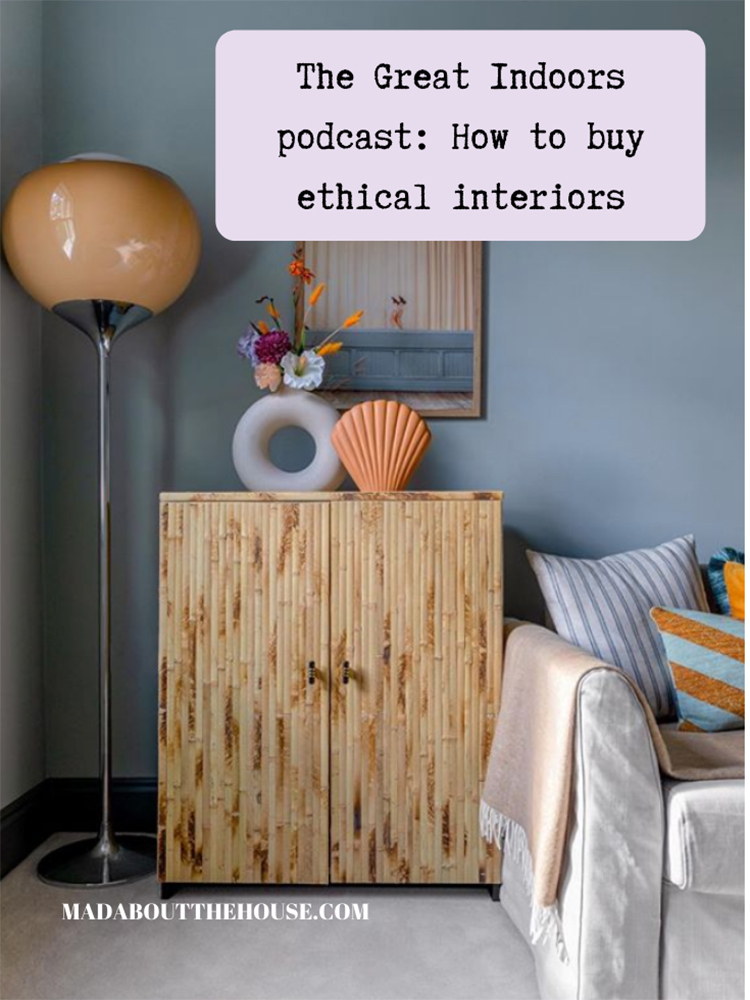
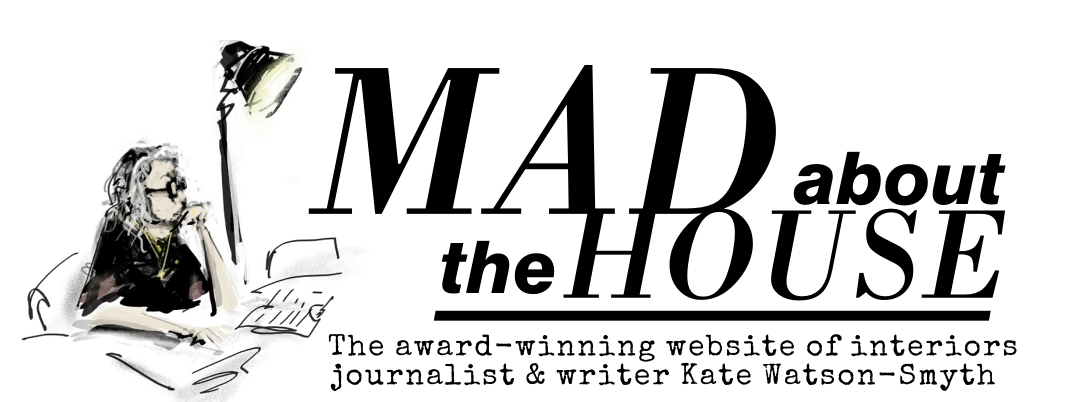



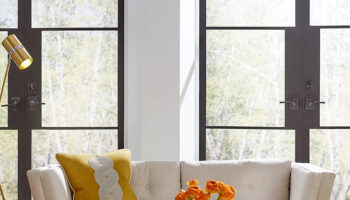
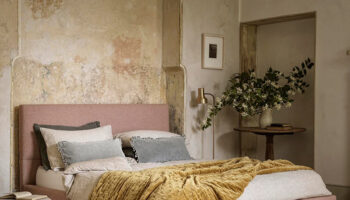
Such a great information for “BUY ETHICAL INTERIORS” thanks .
It is a small thing, but why do all retailers insist on selling cushion pads with their cushion covers? All I need is a cover to brighten up my sofa, the pad does not need to be changed every time… where are they all going? landfill I expect, so wasteful.
Can I please put in a plea for more coverage of businesses that specialise in selling upcycled furniture, and will often undertake commissions to reinvent your existing furniture, or even source pieces to upcycle to a specific design?
This is not a shameless plug for my own business, in fact I would suggest you speak to the founder of The House of Upcycling, which was set up to promote professional upcyclers. She is passionate about the benefits of reusing and reinventing furniture, and is a great advocate for the people who do this for a living.
The media has really embraced the idea of individuals salvaging furniture and taking on their own projects lately, but has rather neglected those who have made a business out of doing just that.
I have literally saved thousands of pieces from landfill over the years, and while I am always encouraging people to have a go themselves, there is no doubt it can sometimes be a lot more challenging than some of these articles breezily suggest. Especially if you are the kind of person who would rather spend a weekend down a coal mine, than stripping, painting, decoupaging and varnishing an Ikea chest of drawers.
Which brings me to my final point, the upcycling community has come a long way since the early days of ‘shabby chic’. If you are looking for examples of the kind of contemporary design available check out Boogaloo Boutique or Patience and Gough (who sell their furniture in Liberty) on Instagram. There are many, many more brilliant makers out there, and like all small independent businesses they are in need of all the help they can get right now…
Such important AND useful information here, thank you.